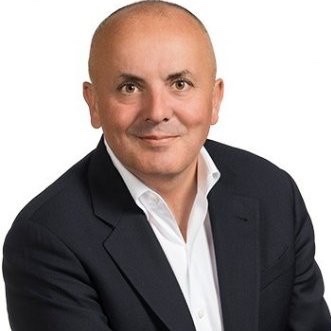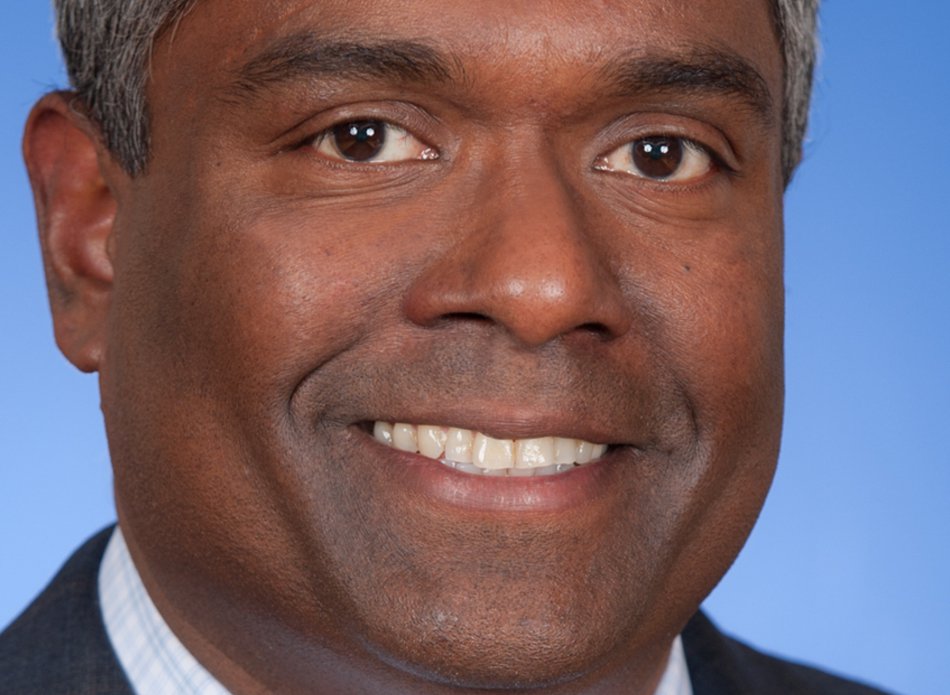Interview “The fundamental thing that the public cloud did was it served infrastructure to an application owner, without having to have infrastructure people. And so you shouldn’t ask an infrastructure person to design an infrastructure product for an application, you should ask an application person to design infrastructure.”
This is the take of EVP and GM of public cloud at NetApp, Anthony Lye, who recently spoke to Blocks & Files about public cloud building and the company’s CloudOps business.

Lye was previously group VP and GM at customer relationship management company Siebel Systems, which was bought by Oracle in 2005.
At Oracle he managed a 3,000-person business unit and acquired 10 companies for more than $2.5 billion.
While doing this, Lye worked for Thomas Kurian, the twin brother of NetApp CEO George Kurian.
Lye said NetApp’s recruiters called on him in late 2016. But the exec was initially reluctant, saying: “When the recruiter called I think my response was you must have the wrong person. Because my background is all application development.”
“Everyone was looking at the problem the old way,” rather than, say, having app developers design infrastructure. “Everybody just thought that storage was for storage administrators. And as application people, we look at it this way. And we don’t like infrastructure people. Because they slow us down.”
“It’s that sort of classic ‘Innovator’s dilemma’. Most people want tomorrow to sort of feel like yesterday. And sometimes it doesn’t. And public clouds were very, very disruptive to traditional IT people. What they did was they empowered people like me to build applications faster. With more services.”

While he was at Oracle, before the Sun acquisition, says Lye, “Larry Ellison said to me, ‘You know, the first rule about SaaS is the people that build it run it.’ And I was like, ‘You mean, I have to run all that ugly stuff?’ And he said, ‘Yes, you have to run it. And by the way, your application teams have to run it. No, I’m not giving you IT teams.’”
This affected software development. “When engineering product, we started to think about how would we code all the infrastructure to behave as the application wanted it to. And this was before we had public cloud. So we did on colos. I had built this layer of software, actually, NetApp was underneath it, where the application would basically manage ONTAP and it would flex the capacity, flex the throughput. And it would literally tell ONTAP how to behave.
“I wanted to define infrastructure from the application lens, not as it was done from the bottom-up infrastructure lens.”
During the talks with NetApp, “George said, ‘Hey, Anthony, Thomas says, you know, you’re a pretty good cloud guy.’ He asked me, ‘Do you think you could build that here?’”

The storage exec says he thought he could. “I remember saying to George, I want storage to feel like an app. I just want to log into it. And I don’t want to have to understand anything about it. I just want to tell this service how much capacity I need, how much throughput I need, the region where it needs to be, and the protocol I need it to serve. And that’s it. I don’t want to patch it. I don’t want to start it or stop it. I don’t want to do anything.”
Lye joined NetApp in March 2017. His job was to lead and grow the public cloud business unit.
Five years on and Lye’s time at NetApp can be characterized as having two phases: getting NetApp’s ONTAP facilities and other software available in the public cloud, and initiating a CloudOps business. The strategy was based on a hybrid on-premises and multiple public cloud Data Fabric vision, meaning AWS, Azure, and Google Cloud.
The first major result of this was Azure NetApp Files, which became available in May 2019, two years after Lye joined NetApp, as a full Microsoft Azure elastic cloud service product. He said: “We worked with Microsoft for about two years before we released NFS (Azure NetApp Files).” It involved a lot of work. “Top-of-rack switches had to be rearchitected for scale-up architectures. Microsoft hadn’t done that. And then, of course, we had to integrate into the console, the API, the CLI.”
It was previewed in October 2018 along with Cloud Volumes ONTAP, the ONTAP storage service running in AWS and Azure, with built-in high-availability, failover functionality. It was also made available for Google Cloud with general availability of the Cloud Volumes Service and Cloud Volumes ONTAP in November 2019.
NetApp offered SaaS-based cloud management facilities in the form of NetApp Cloud Insights as well as data movement between the on-premises world and the public clouds to provide, for example, tiering to cheaper public cloud storage tiers.
In September we saw AWS and NetApp introduce AWS FSx for ONTAP as a fully managed service in the AWS cloud. Customers could move datasets from on-premises ONTAP to AWS FSx for ONTAP with no changes and with ONTAP thin provisioning, FlexClone, SnapMirror, and SnapVault available. AWS FSx for ONTAP data could be protected with native ONTAP snaps, replicated, and backed up to S3 with FSx backup.
Under Lye’s management and after substantial engineering effort, NetApp’s Data Fabric idea has become a reality. Lye told me: “We have 5,000-plus customers on the public cloud.”
But there was a looming problem – and opportunity.
On-premises customers have learned over many years how to run their datacenters and the software tools and routines they need to do that, but the public cloud is different. Although it is meant to be simple to consume, there are now hundreds of different compute and storage instances available and complex pricing schemes.
Multiply this complexity across two or more clouds and customers need to become experts in running their own datacenters efficiently as well as running virtual ones (collections of subscribed services) in AWS, Azure, and Google Cloud. (This also means, with DevOps customers, running their cloud-native apps on-premises and in the public cloud and using Kubernetes to do so.)
Lye’s vision is that they access CloudOps services to do the public cloud part for them, which he spoke to us about for the second part of the interview, which will arrive tomorrow.








